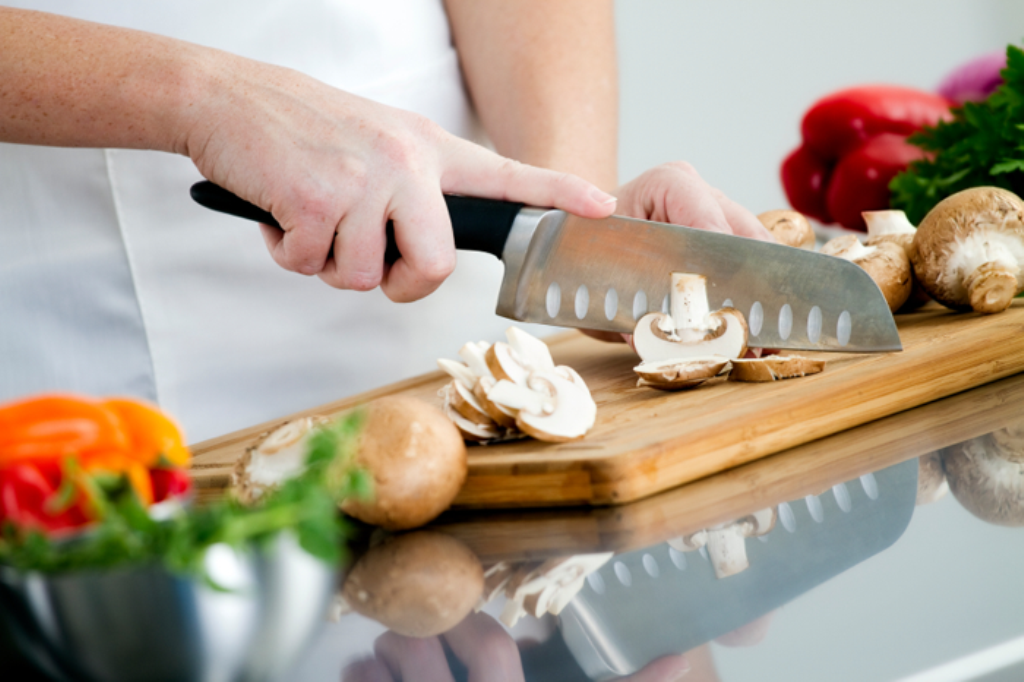In every professional kitchen, the importance of having reliable and safe tools cannot be overstated. One of the kitchen staples that often gets overlooked but plays a crucial role is the plastic cutting board. The question 'what is a plastic cutting board used for' invites us to delve deeper into its myriad applications, advantages, and maintenance.
Understanding the primary functions of a plastic cutting board is vital for anyone working in the culinary field. Beyond merely providing a surface to slice and dice, it plays a pivotal role in ensuring food safety and maintaining kitchen hygiene.

Versatile Applications of Plastic Cutting Boards
Plastic cutting boards are incredibly versatile and are a common sight in homes and professional kitchens alike. Knowing the specific uses can help maintain an efficient workflow. Here are some common applications:
- Food Preparation: The primary function is to provide a surface for cutting various ingredients, from vegetables to meats.
- Cross-Contamination Prevention: Using different colored plastic boards helps avoid cross-contamination between raw meats and vegetables.
- Durability and Easy Maintenance: They're often dishwasher safe, making them easier to clean and sanitize compared to wood.
The Advantages of Plastic Cutting Boards
While wood cutting boards have their charm, plastic boards come with unique benefits that make them appealing in professional environments. Here are several reasons why a plastic cutting board might be your best choice:
- Lightweight and Portable: They are easy to move around, making them a favorite for on-the-go chefs.
- Cost-Effectiveness: Generally cheaper than wooden boards, they provide great value without sacrificing quality.
- Non-Porous Surface: Plastic is less likely to absorb liquids and bacteria, promoting better food hygiene.
How to Properly Maintain Your Plastic Cutting Board
Proper care can greatly extend the life of your plastic cutting board. Here are some maintenance tips you should consider:
- Regular Cleaning: After each use, wash your board with hot soapy water and rinse thoroughly.
- Sanitizing: Use a mixture of vinegar and water to sanitize and eliminate bacteria.
- Avoiding Heat: Keep your cutting board away from direct heat sources to prevent warping.

Safety Tips When Using Plastic Cutting Boards
Ensuring safety is paramount in every kitchen. Here are some safety tips to keep in mind:
- Separation by Color: Use separate boards for different food types to avoid cross-contamination.
- Inspect Regularly: Check for deep grooves or wear; replace boards that can no longer be sanitized effectively.
FAQs
1. What size plastic cutting board should I choose?
Choosing the right size depends on your kitchen space and the types of food you typically prepare. A larger board is preferable for bigger tasks, while a smaller one is great for quick jobs.
2. Can I use plastic cutting boards for raw meat?
Yes, but it is crucial to use separate cutting boards for different types of food to prevent cross-contamination.
3. How do I remove stains from a plastic cutting board?
To remove stains, create a paste of baking soda and water, apply it to the stains, and scrub gently. Rinse thoroughly afterward.
In summary, what is a plastic cutting board used for encompasses a wide range of applications that cater to various kitchen needs, particularly in professional environments. When utilized and maintained correctly, they can significantly enhance food safety and preparation efficiency in any culinary setting.
For further reading on maintaining your cutting boards, check out these helpful resources: Chopping Veggies Safety and Wood vs Plastic.
As an Amazon Associate, I earn from qualifying purchases.


























